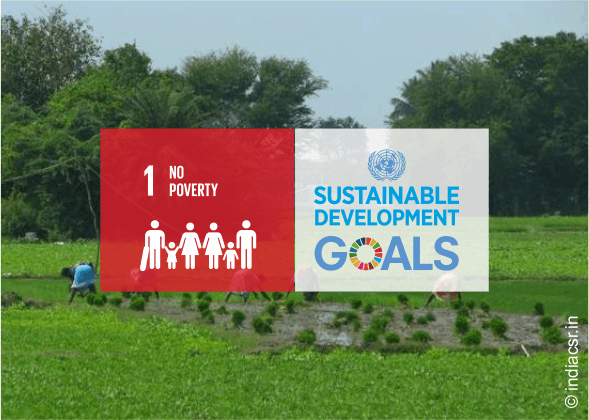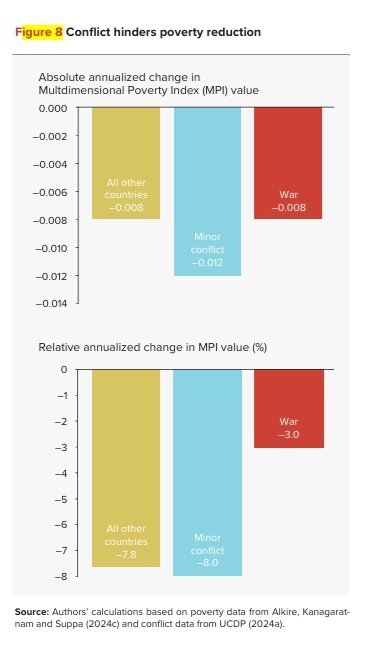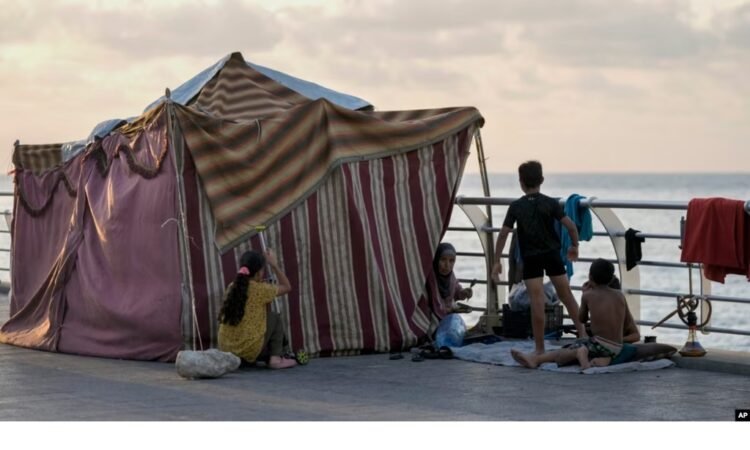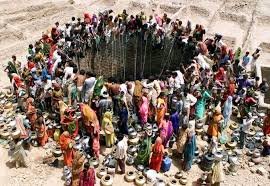This 2024 Global Multidimensional Poverty Index (MPI) report overlays violent conflict data with multidimensional poverty data to better understand their interlinkages across countries and over time.
We are living in a time when layers of uncertainty exacerbate insecurity driven by violent conflicts, geopolitical tensions, the recovery from the COVID-19 pandemic, and a rapidly changing planet — constraining our ability to make progress towards the Sustainable Development Goals (SDGs). Violent conflicts and their link to poverty, the theme explored in this year’s report, are not only making it difficult to meet even very basic human needs in many parts of the world but also limiting prospects for the future for populations affected by them, particularly children and youth.
Violent conflicts have surged in recent times. In 2023, there were more ongoing conflicts than at any time since the Second World War. The number of people forced to flee from their homes due to violent conflict, disasters, or other factors reached an all-time high of 117 million. More civilian casualties in violent conflicts were recorded in 2022 than at any time since 2010. The years 2021, 2022, and 2023 recorded higher annual battle-related deaths than any year since the Cold War, leading to a total of more than 700,000 deaths globally.
This 2024 Global Multidimensional Poverty Index (MPI) report overlays violent conflict data with multidimensional poverty data to better understand their interlinkages across countries and over time. The Uppsala Conflict Data Program (UCDP) is the primary data source, but sensitivity analyses were also run using other key conflict datasets. The report finds that MPI values tend to be much higher in conflict-affected settings. And in countries affected by protracted conflict, poverty reduction is reversed, stagnant, or slower through mechanisms illustrated by the case study on Afghanistan (see box 5 in part II) and figure 8.
This year’s update of the global MPI database includes new data from 20 countries. It presents MPI data from 112 countries covering 1,359 subnational regions. The results show that 1.1 billion of 6.3 billion people live in acute multidimensional poverty, over half of them children. Common deprivations include a lack of adequate housing, sanitation, electricity, cooking fuel, nutrition, and school attendance. Reaching the last mile to eliminate global poverty requires careful attention to people living in contexts of violent conflict.

Key findings
Across 112 countries and 6.3 billion people, 1.1 billion people (18.3 percent) live in acute multidimensional poverty (referred to as “poverty” throughout this report).
Who are the poorest?
- Over half of the 1.1 billion poor people are children under the age of 18 (584 million). Globally, 27.9 percent of children live in poverty, compared with 13.5 percent of adults.
- 83.7 percent of poor people live in rural areas. Across all world regions, people in rural areas are poorer than people in urban areas. Overall, 28.0 percent of the global rural population are poor, compared with 6.6 percent of the urban population.
- 83.2 percent of the world’s 1.1 billion multidimensionally poor people live in Sub-Saharan Africa and South Asia. Sub-Saharan Africa has 553 million people living in poverty, and South Asia, 402 million.
- Nearly two-thirds of poor people live in middle-income countries (749 million, 65.2 percent).

What deprivations do poor people experience?
- Large proportions of the 1.1 billion poor people lack adequate sanitation (828 million), housing (886 million), and cooking fuel (998 million).
- Well over half of the 1.1 billion poor people live with a person who is undernourished in their household (637 million). In South Asia, 272 million poor people live in households with at least one undernourished person, and in Sub-Saharan Africa, 256 million do.
- Around half of all poor people lack electricity (579 million), and over half live in a household where no one has completed six years of schooling (590 million).
- Nearly half of all poor people do not have an improved source of drinking water (513 million).
- 482 million poor people live in households where one or more children are out of school.
How has poverty changed?
- Of 86 countries with harmonized data, 76 significantly reduced poverty according to the MPI value in at least one time period.
- Of 17 countries with trend data that end in 2021/22 or later, spanning at least part of the COVID-19 pandemic, only 9 (Benin, Cambodia, Comoros, the Kingdom of Eswatini, Kenya, Mozambique, the Philippines, the United Republic of Tanzania, and Trinidad and Tobago) experienced significant reductions in both MPI value and incidence of poverty.

Do conflict-affected countries fare worse in poverty?
- Of the 1.1 billion poor people, 218 million (19.0 percent) live in war-affected countries. Nearly 40.0 percent of poor people (455 million) live in countries experiencing war, fragility, and/or low peacefulness, according to at least one of three widely used definitions.
- While national rates vary, overall, in countries affected by war (using conflict definitions from UCDP), the incidence of poverty is 34.8 percent, much higher than the 10.9 percent in countries not affected by war or minor conflicts. Multidimensional poverty is also more than twice as high in fragile and conflict-affected and low-peacefulness countries.
- On average, the percentage of poor people deprived in each of the 10 global MPI indicators is higher in conflict settings (as defined by UCDP) than in other countries; deprivations in nutrition, electricity, water, and sanitation are some of the most pronounced among poor people in conflict settings. For example, in non-conflict-affected countries, 5.6 percent of the population are poor and lack access to electricity. In war-affected countries, this figure jumps to 26.9 percent. Similarly, while 4.4 percent of the population in non-conflict-affected countries are poor and have a child not attending school, the proportion increases to 17.7 percent in war-affected countries.
- Poverty reduction tends to be slowest in the settings most affected by conflict — where poverty is the highest. So, people living in these contexts are being left behind in terms of multidimensional poverty.
- In Afghanistan, the incidence of poverty rose by more than 5 percentage points from 2015/2016 to 2022/2023. In 2022/2023, nearly two-thirds of Afghans were poor (64.9 percent), and almost three of every five poor people were children.
- The difficulty of gathering data in countries and subregions affected by conflicts means that multidimensional poverty is likely underestimated.
Also Read
What is the Global Multidimensional Poverty Index? I India CSR
(India CSR)



















